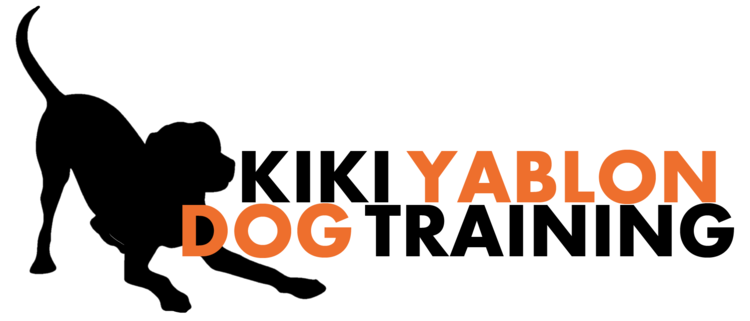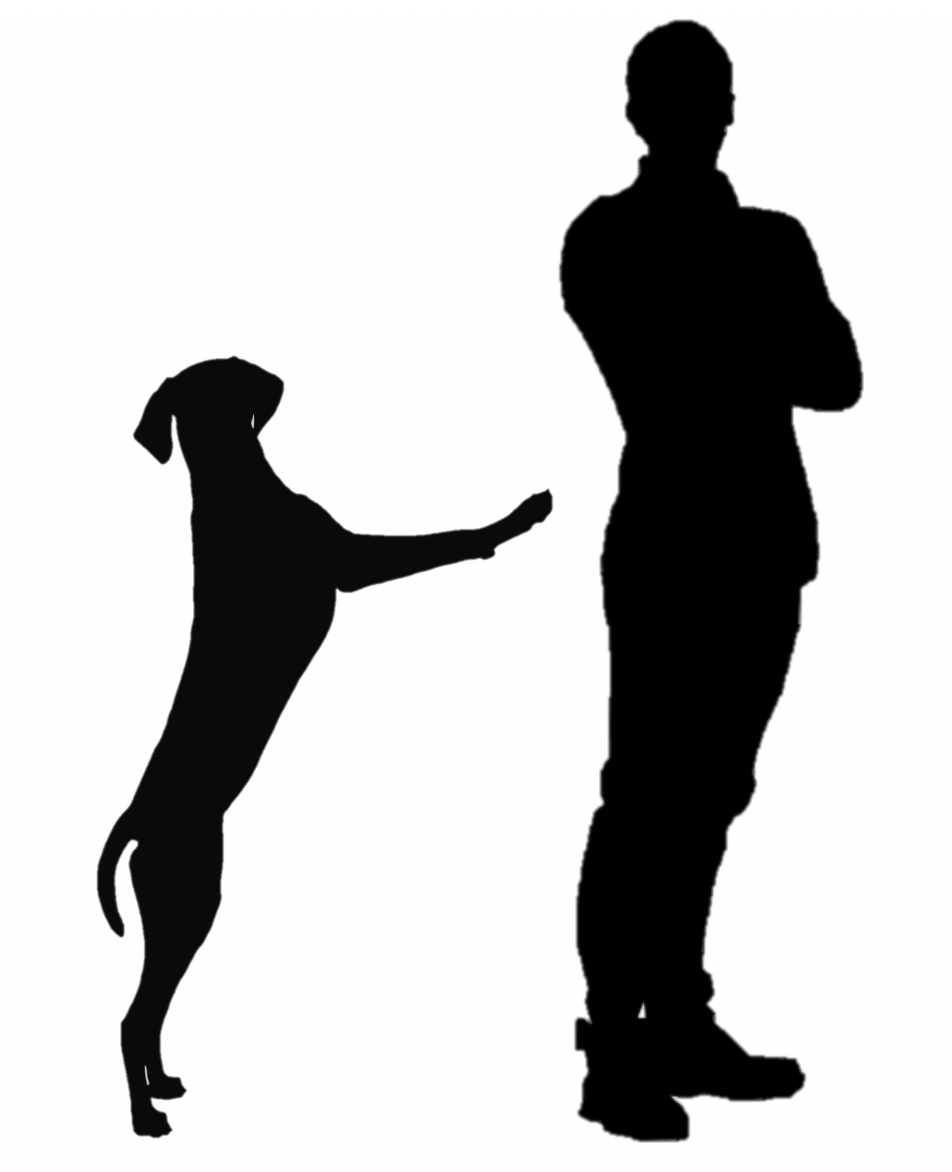When your dog jumps, common advice--which just came across my feed again this morning--is to turn your back, and then when the dog stops jumping, ask for a sit.
But any strategy that relies on waiting for the unwanted behavior to occur first is imperfect, as discussed in this blog post. Let's look at how this applies in the case of jumping:
Ignoring an attention-seeking behavior (which not all jumping is) that's been working doesn't automatically produce a preferred behavior; in fact, the animal is likely to try harder, or try other behaviors that serve the same purpose. With jumping, many households cannot consistently ignore that more intense or varied behavior, and will end up reinforcing it when they fail to ignore.
If you're going to withhold reinforcement for an unwanted behavior, it'll work best if you have already taught your preferred replacement behavior AND made clear that it can produce the same outcome or something even better.
Also, let's look at the commonly advised sequence more closely, and think about what is actually likely to be learned even if it is properly executed.
Cue: Person comes in the door Behavior: Dog jumps Outcome/cue: Person turns back Behavior: Dog puts feet back on floor Outcome/cue: Person turns around and gives sit cue Behavior: Dog sits Outcome: Person pets dog
Quiz (answers at the end of the post):
- What is the cue for putting feet on the floor? (1)
- What behavior does the dog have to do in order to receive that cue? (2)
- Cues are opportunities for reinforcement, and can thus serve as reinforcers themselves. What behavior will turning one's back reinforce? (3)
What most people want is for the person coming in the door to be the cue for the dog to keep its feet on the floor. This can be achieved efficiently by pre-teaching the dog that four on the floor (or jumping up onto an ottoman, or grabbing a toy, or sitting, though that may be much harder for a dog who has probably been alone and inactive for hours) is a good way to get attention, and then giving attention for four feet on the floor right after you come in the door.
If necessary ,you can use a gate or ex pen around the door to prevent jumping temporarily while you teach the new contingency or increase the duration of feet on the floor.
Quiz answers:
- the cue to put feet on the floor is the person turning her back
- the dog has to jump to get that cue
- jumping is likely to be maintained

